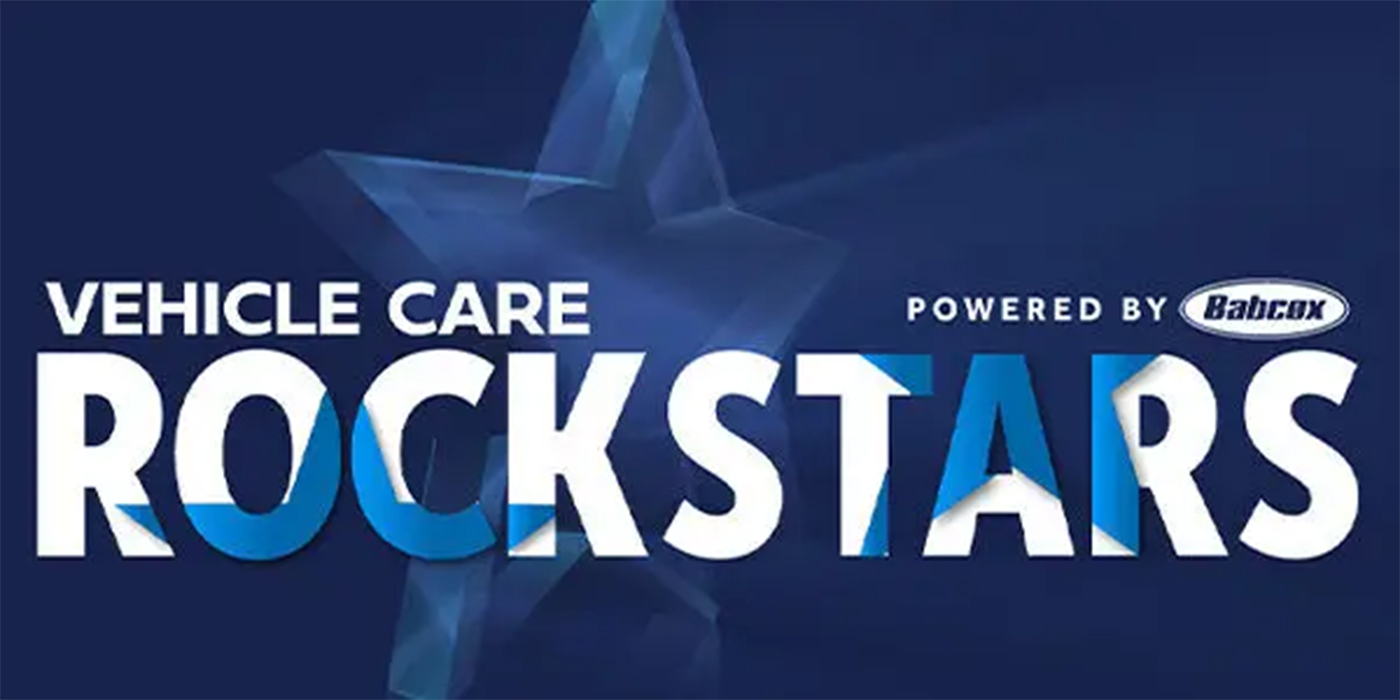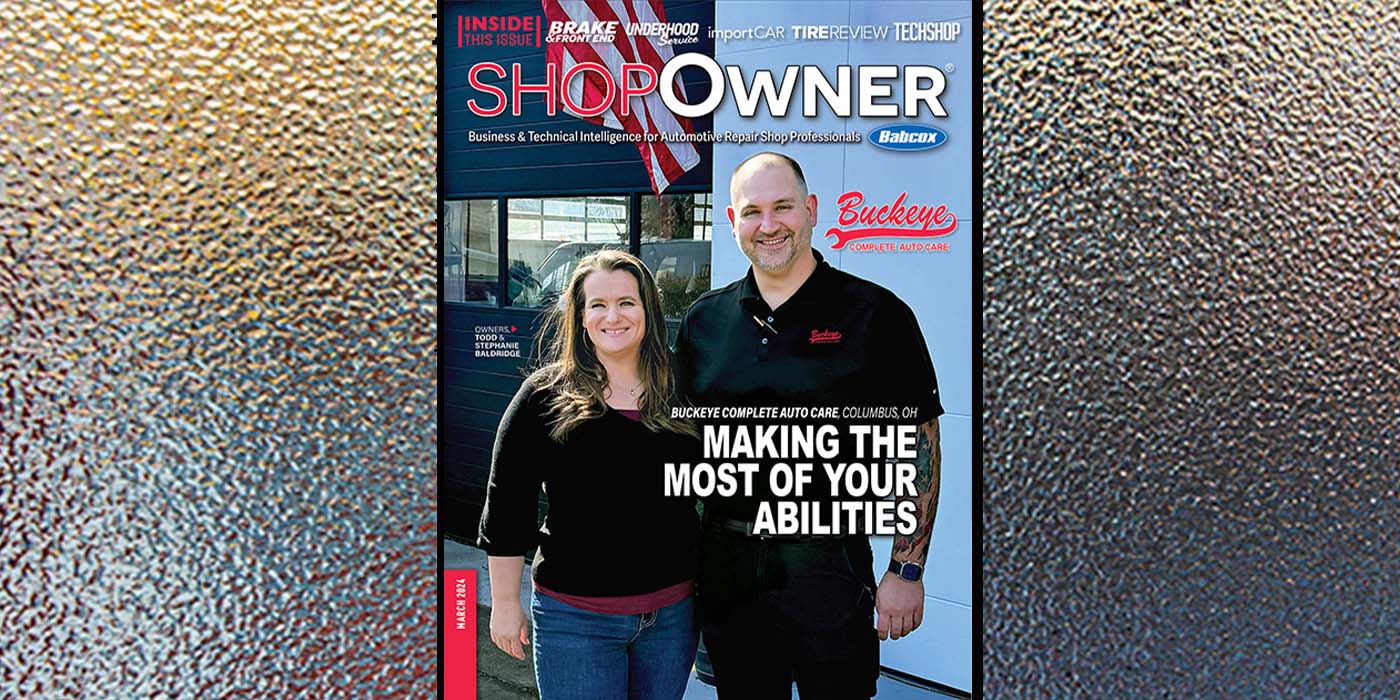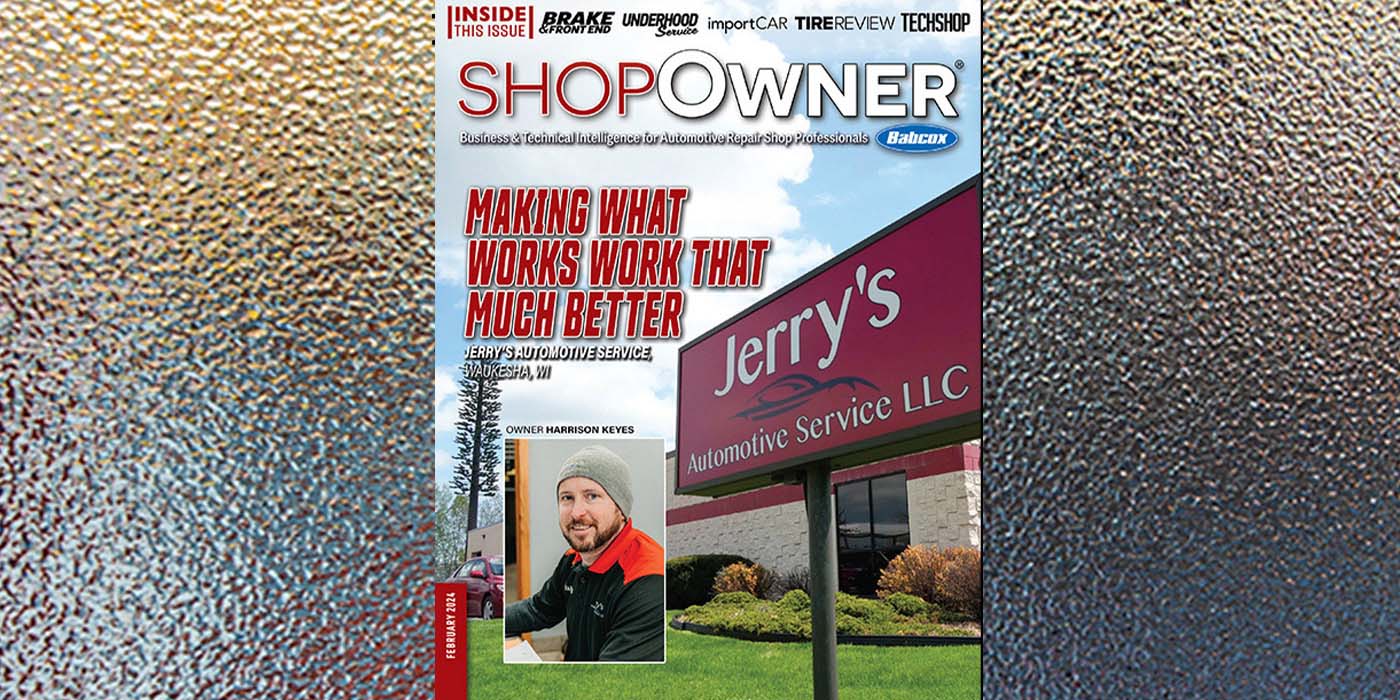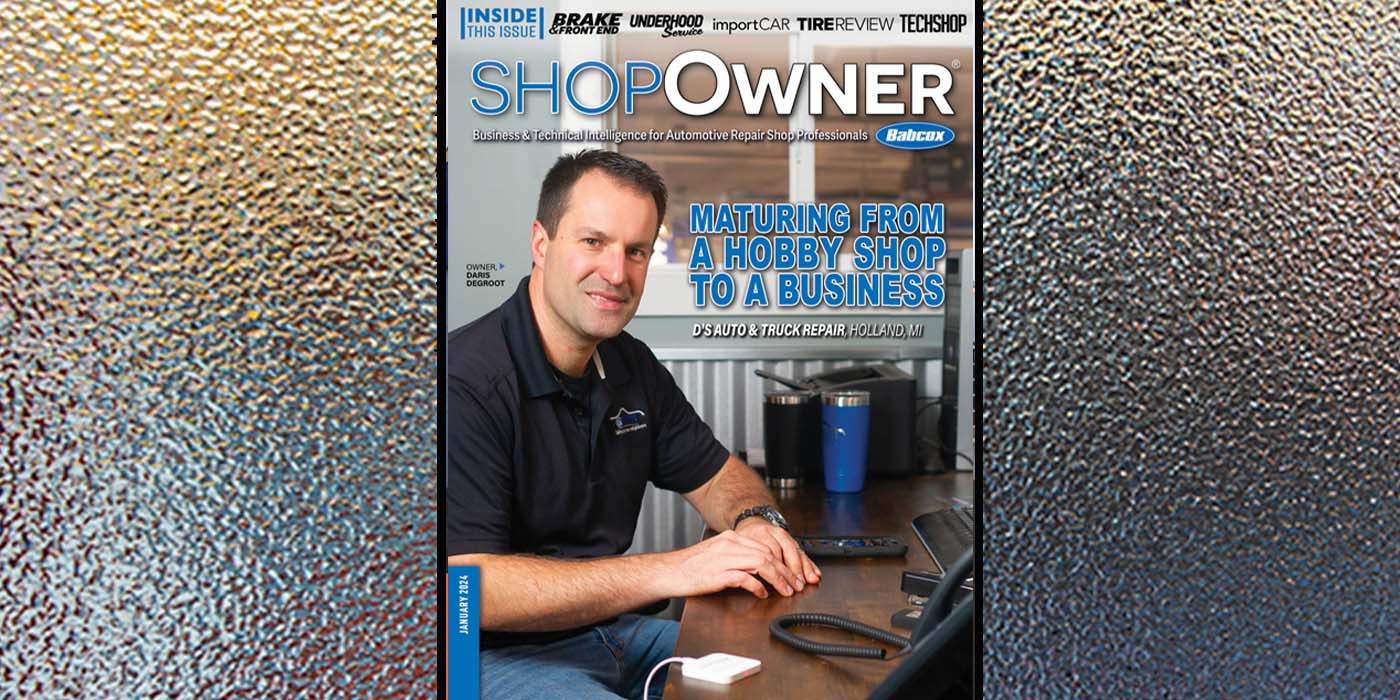With Labor Day just past us, it’s the perfect time to reflect on the talent in this industry. Congratulations on your success in recruiting, hiring and retaining the best technicians, service advisors and ancillary staff members in your market!
These are exciting times, not necessarily easy times, but defininitely intriguing (and, yes, I know about that ancient curse “May you live in interesting times”) – and things are sure to get even more interesting in the next few years.
Are you confident in your ability to successfully navigate the road ahead? I had a very interesting conversation with Derek Kaufman, my unrelated brother from another mother, recently about what may be right up around the bend and even a ways farther on up the road. Derek is a managing partner with industry experts Schwartz Advisors and he brought his crystal ball over to share some insights about the power you and your team hold in helping this industry to thrive.
In a nutshell, Derek feels we’re in great shape, even if it sometimes feels otherwise.
“I think the independent shops in the United States hold all the power of the data in the aftermarket,” he explains. “I’ve got a 12.5-year average age, I’ve got 120 some million vehicles that are over the age of 12 and a ton of them over the age of 20. I’m trying to balance this thing where I need expertise in the shop to work on the 25-year-old car, and here comes the three-year-old car that I need all the embedded software expertise for.”
Here’s the rub – although the OEMs feel they’re in a perfect position to retain control because they want to charge for repair information (forcing the Right to Repair battle), their company reputations are built on vehicles that may be well over 15 years old. They can’t afford for those cars not to be correctly repaired because the reputation of their brand goes down with every incorrect repair.
“It’d be very interesting if the aftermarket one year said, ‘We’re going to stop servicing any five-year-old car that we don’t have the service data for and send it back to the dealership,’” Derek says.
Talk about power!
“Our opinion is that the bartering between independent shops and dealerships will increase, and we’re going to see more and more of what we call ‘coopetition.’ I’m not saying it solves the Right to Repair, but it says, ‘Okay, we’ve got to cooperate. We have to co-exist here. You can’t charge me out of my business for the information that I need. I need the same information your dealership needs to repair the car correctly if you’re going to retain your reputation.’”
It’s simple, Derek says – the OEMs just don’t have the capacity to handle everything on the road.
“All of a sudden, a bunch of vehicles start to show up and slow your shop down. Well, now your warranty customers are upset because you can’t turn their cars fast enough and it starts to spiral down.”
With great power, of course, comes great responsibility. At ShopOwner, our legacy goes back to the beginning of the automotive aftermarket and our company has stood witness to every significant development in this industry. At times, it has been interesting, to say the least – but would you want it any other way?














